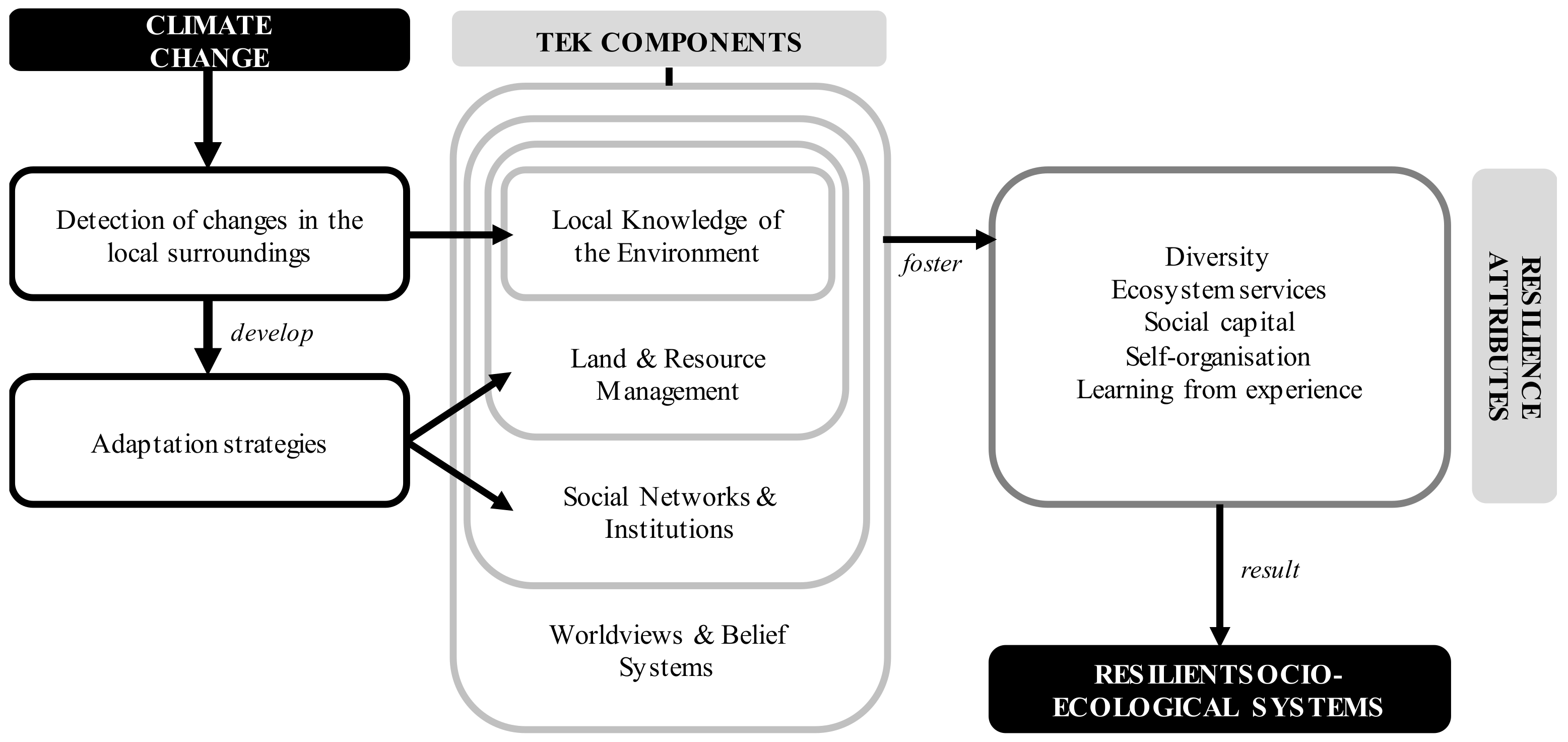Introduction
Climate change is an undeniable reality, and its effects are becoming increasingly apparent. One of the most concerning consequences is the rise in sea levels, which poses a significant threat to coastal cities worldwide. The consequences of unchecked sea level rise include coastal erosion, inundation of low-lying areas, increased storm surges, and the displacement of millions of people. To address this pressing issue, coastal cities must adapt and implement strategies to mitigate the impacts of sea level rise. This blog post aims to shed light on the importance of protecting coastal cities from sea level rise and explores various measures that can be taken to ensure their resilience.
Understanding Sea Level Rise
Sea level rise is primarily driven by two factors: thermal expansion and the melting of ice sheets and glaciers. As the Earth’s temperature continues to rise due to greenhouse gas emissions, ocean water warms and expands, leading to a rise in sea levels. Additionally, the accelerated melting of polar ice contributes significantly to this phenomenon. According to the Intergovernmental Panel on Climate Change (IPCC), sea levels could rise by as much as one meter or more by the end of this century if emissions are not drastically reduced.
The consequences of sea level rise are far-reaching and include:
Coastal Erosion: Rising sea levels erode shorelines, threatening homes, infrastructure, and natural habitats.
Inundation of Low-Lying Areas: Low-lying coastal regions and islands face the risk of being entirely submerged, displacing entire communities.
Increased Storm Surges: Higher sea levels make storm surges more severe and damaging during extreme weather events.
Saltwater Intrusion: Saltwater can infiltrate freshwater sources, making them undrinkable and threatening agriculture.
Displacement of Populations: Millions of people could be displaced from their homes and forced to migrate inland.
The Urgent Need for Adaptation
Given the severity of these consequences, it is imperative that coastal cities take swift action to adapt to sea level rise. Climate change mitigation efforts, such as reducing greenhouse gas emissions, are essential in the long term. Still, adaptation measures are necessary to protect communities that are already vulnerable to rising sea levels. Here are some strategies that coastal cities can implement to enhance their resilience:
- Coastal Defense Infrastructure
Investing in robust coastal defense infrastructure is crucial to protecting cities from sea level rise and storm surges. Seawalls, levees, and dikes can help shield communities from the encroaching waters. These structures should be designed with consideration for future sea level projections to ensure their effectiveness.
- Beach Nourishment and Restoration
Beaches act as natural buffers against storm surges and provide valuable recreational spaces. Beach nourishment, which involves replenishing sand on eroded beaches, and habitat restoration efforts can help preserve these protective features while enhancing the environment.
- Elevated Buildings and Infrastructure
Elevating buildings, roads, and critical infrastructure above anticipated sea levels is a practical approach to ensure that these assets remain functional in the face of rising waters. Elevating structures can be expensive, but it is often more cost-effective than dealing with the aftermath of flooding and damage.
- Green Infrastructure
Green infrastructure solutions, such as mangrove forests, wetlands, and salt marshes, offer natural protection against sea level rise. These ecosystems can absorb floodwaters, reduce erosion, and provide habitats for wildlife. Preserving and restoring these natural features should be a priority for coastal cities.
- Managed Retreat
In some cases, it may be necessary for communities to consider managed retreat—gradually relocating from vulnerable coastal areas to safer inland locations. This strategy requires careful planning, community engagement, and support for affected populations.
- Sustainable Urban Planning
Promoting sustainable urban planning practices can help reduce the vulnerability of coastal cities to sea level rise. This includes designing buildings that are resilient to flooding, implementing zoning regulations, and encouraging responsible land use.
- Climate-Resilient Policies
Local governments and policymakers must enact and enforce climate-resilient policies that consider the long-term impacts of sea level rise. These policies should include building codes, land-use regulations, and incentives for sustainable practices.
- Public Awareness and Education
Raising public awareness about the risks of sea level rise and the importance of adaptation is essential. Education campaigns can encourage individuals and communities to take action and support necessary policy changes.
- International Cooperation
Sea level rise is a global issue, and international cooperation is crucial. Countries must work together to reduce greenhouse gas emissions and share knowledge and resources for coastal protection.
Conclusion
Protecting coastal cities from sea level rise is a complex and urgent task. While the challenges are daunting, there are practical and innovative solutions that can help mitigate the impacts of rising seas. Coastal defense infrastructure, beach nourishment, elevated structures, green infrastructure, managed retreat, sustainable urban planning, climate-resilient policies, public awareness, and international cooperation all play critical roles in safeguarding our coastal communities.
It is imperative that we take action now to protect our coastal cities and ensure their long-term resilience in the face of a changing climate. By implementing these strategies and working together on a global scale, we can build a more sustainable and secure future for generations to come. Sea level rise is a threat we cannot ignore, but it is also a challenge we can meet with determination, innovation, and a commitment to preserving our coastal treasures.





